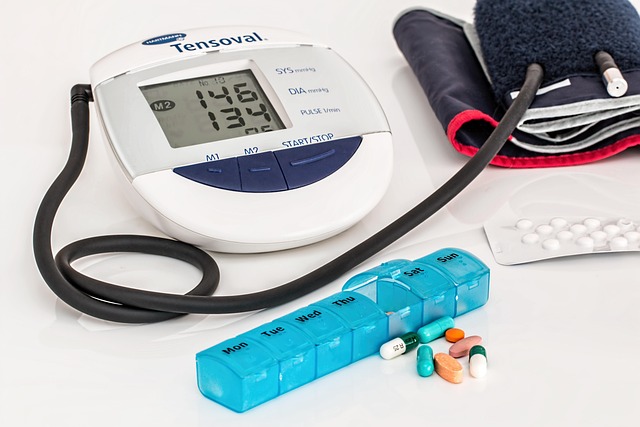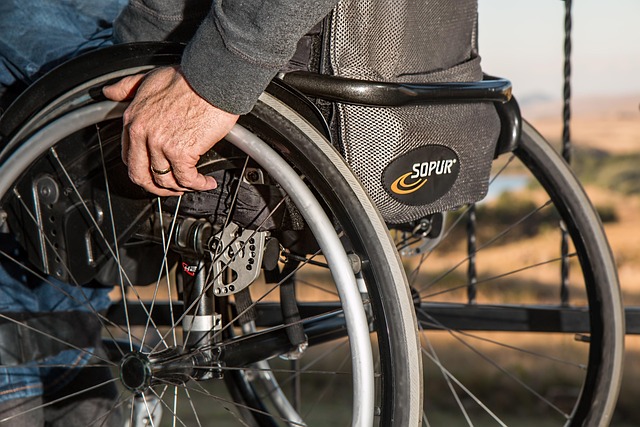Innovations in Health: The Future of Eye Movement Sensors
In the ever-evolving landscape of health technology, eye movement sensors have emerged as a revolutionary advancement, providing a novel approach to understanding human behavior and enhancing medical care. These devices, which track and analyze the subtle movements of our eyes, are set to redefine how we interact with technology and monitor our health.
Technological Innovations
Eye movement sensors utilize advanced algorithms coupled with high-resolution cameras to capture minute eye movements. This technology allows for real-time data collection, enabling professionals to gain insights into our cognitive processes and emotional states. By understanding where we look and how our eyes behave, researchers can glean valuable information about attention, focus, and even mental fatigue.
These sensors are making waves not only in research settings but also in consumer technology. Companies are integrating eye movement sensors into smartphones, virtual reality headsets, and interactive gaming systems. Imagine playing a game where the character responds to your gaze, or accessing applications with a simple glance. The possibilities are endless, and as technology advances, our daily interactions with devices will become more intuitive and responsive.
Health Innovations
The implications of eye movement sensors go far beyond tech gadgets; they are poised to revolutionize patient care and diagnostics. In clinical settings, these sensors can assist in assessing patients with neurological disorders, detecting early signs of diseases like Alzheimer’s or Parkinson’s by analyzing eye movement patterns. This innovative approach can lead to earlier interventions, making a significant impact on patient outcomes.
Moreover, in rehabilitation contexts, eye movement sensors are already being utilized to help patients recover from strokes and traumatic brain injuries. By engaging patients in targeted exercises that require eye tracking, therapists can enhance recovery and monitor progress more effectively. The ability to customize rehabilitation programs based on real-time data can greatly improve the effectiveness of treatment.
Furthermore, researchers are exploring the use of eye movement sensors in monitoring mental health conditions. By analyzing eye movements, clinicians can gather insights that may unveil underlying emotional issues, allowing for more personalized and effective treatment plans. This innovation marks a significant step towards integrating technology with mental health care, providing new avenues for support and intervention.
As we embrace the future, the role of eye movement sensors in both technological and health innovations promises to enhance our understanding of ourselves and our interactions with the world. The integration of these sensors into everyday life could lead to a more connected, responsive, and healthier society. With researchers and developers pushing the boundaries of what is possible, the future of eye movement sensors not only excites us but also provides hope for efficient health solutions that are grounded in data and insight.




